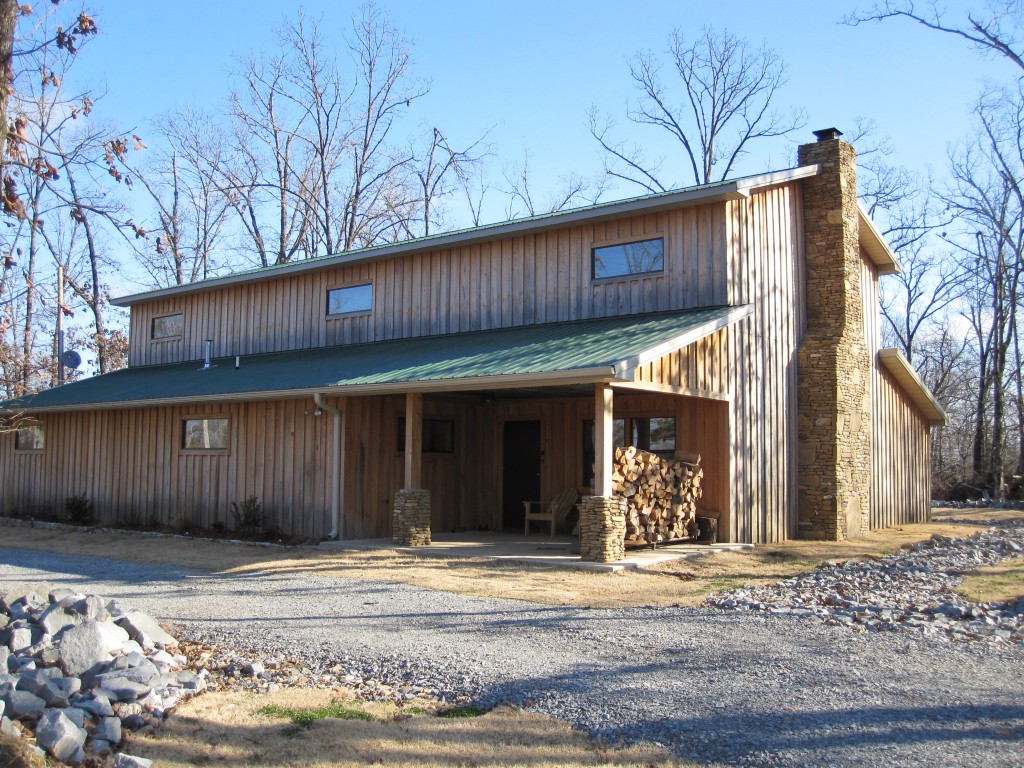
So, you're dreaming of a pole barn. Maybe it's a spacious workshop, a safe haven for your toys, or even a barn-style home. But the cost of building can be a major roadblock. Don't despair! You can build a beautiful, functional pole barn on a budget, and it's way more achievable than you think. It just takes some DIY savvy and a willingness to get your hands dirty.
First Things First: The Blueprint
Before you even start daydreaming about the tools you'll need, it's crucial to get your plans sorted. Think about what you want your pole barn to be:
Size: Don't overestimate your needs, but don't skimp on space either. Remember to factor in things like doors, windows, and walkways.
Purpose: A workshop needs different features than a storage shed. Consider the type of equipment you'll store, how you'll access it, and any specific needs (like electrical hookups, insulation, etc.).
Location: The site needs to be level, well-drained, and have enough space for the building. Think about sun exposure and wind direction.
Budget: Get a realistic estimate for your building materials, tools, and any help you might need. Don't forget to factor in permits, inspections, and potential setbacks.
Finding the Right Crew
You don't need to be a seasoned builder to make this happen. Building a pole barn is often a team effort, so consider:
Friends and Family: Enlist the help of friends and family. They can provide valuable support, and you can share the fun (and the hard work!).
Hiring Skilled Labor: If you're not confident in your DIY skills, consider hiring a contractor for the more complex parts.
Online Resources: Websites like YouTube and forums offer tons of DIY tips and tricks, as well as access to skilled builders who are willing to offer advice.
The Foundation of Your Success
The foundation of your pole barn is crucial. It's what keeps everything stable and secure. Here are a few options:
Concrete Piers: Concrete piers are a cost-effective option. You can pour them yourself or hire a concrete contractor.
Concrete Slab: For a more finished look and better insulation, a concrete slab is a good choice.
Pressure-Treated Posts: If you have good soil, you can use pressure-treated posts for a simpler, more affordable foundation.
Getting Your Poles Up
The poles are the backbone of your pole barn. They'll be your biggest expense, so research different options:
Wood Poles: Consider treated pine, cedar, or redwood for durability. You can get them pre-cut or cut them yourself.
Steel Poles: Steel poles offer strength and long-term durability. They might be more expensive initially but can last for decades.
Sheathing and Roofing
The sheathing and roofing are what make your barn weatherproof and provide insulation. Here's a breakdown of options:
Sheathing: Plywood, OSB (Oriented Strand Board), or even metal siding can be used.
Roofing: Metal roofing is a great option for pole barns. It's durable, fire-resistant, and relatively affordable.
DIY Hacks to Save Money
Here are some DIY tricks to keep costs down:
Shop around: Compare prices from different suppliers for materials and tools.
Used Materials: Consider using reclaimed materials like old windows, doors, or even roofing.
Barter and Trade: If you have skills like carpentry, welding, or plumbing, barter your services for materials or labor.
Get Creative with Designs: Opt for simpler designs and avoid overly complicated construction details.
The Finishing Touches
Don't forget the finishing touches! These can make all the difference in your pole barn's appeal:
Siding: You can use metal, wood, vinyl, or even a combination of materials.
Doors and Windows: Choose doors and windows that suit your needs and add character.
Flooring: Consider concrete, epoxy, or even wood for the floor.
Interior Design: Paint, lighting, and storage solutions can transform the interior of your barn.
Safety First!
Don't forget about safety precautions.
Always wear appropriate safety gear: Hard hats, safety glasses, gloves, and steel-toe boots are essential.
Follow building codes: Make sure your pole barn complies with local building codes.
Get help when needed: Don't hesitate to ask for help with heavy lifting or complex tasks.
Building a pole barn is a rewarding experience. You'll gain valuable skills, save money, and create a space that you'll enjoy for years to come. Remember, don't be afraid to get creative, experiment, and embrace the DIY spirit!
No comments:
Post a Comment